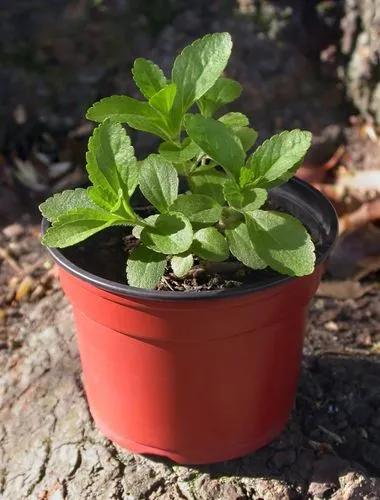Protea repens, known as the common sugarbush and in Afrikaans as the suikerbossie, is an erect shrub growing in the southern regions of South Africa. Related to other proteas, this plant is a relatively adaptable and variable species and can be found growing widely in various soils. Due to its showy flowers and adaptability, it is a popular garden subject for use in wildlife gardens in South Africa.
Common Sugarbush Care
Protea Repens



Protea repens is a dense shrub growing between 1 to 4 metres (3 ft 3 in to 13 ft 1 in) in height. The inflorescences, ranging in colour from deep red to a creamy white, are borne at the end of the branch, often nestled between two growing branchlets.
This species grows widely in fynbos on a variety of soils. Like many other Protea species, P. repens is adapted to an environment in which bushfires are essential for reproduction and regeneration. Most Protea species can be placed in one of two broad groups according to their response to fire: reseeders are killed by fire, but fire also triggers the release of their canopy seed bank, thus promoting recruitment of the next generation; resprouters survive fire, resprouting from a lignotuber or, more rarely, epicormic buds protected by thick bark. P. repens is a reseeder, where its life cycle depends on its seeds which may have been stored underground by ants or remained on the old flowerheads.
How to Care for the Plant

Popularity

58 people already have this plant 11 people have added this plant to their wishlists
Discover more plants with the list below
Popular articles






